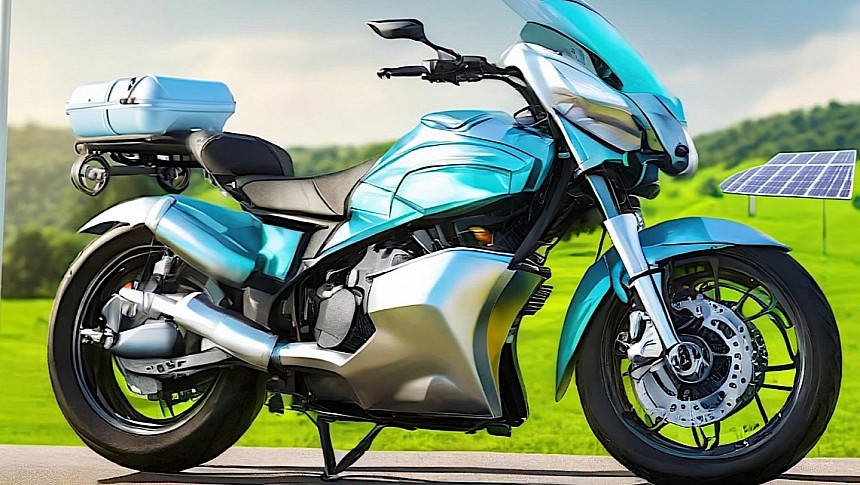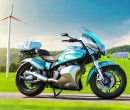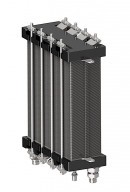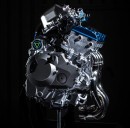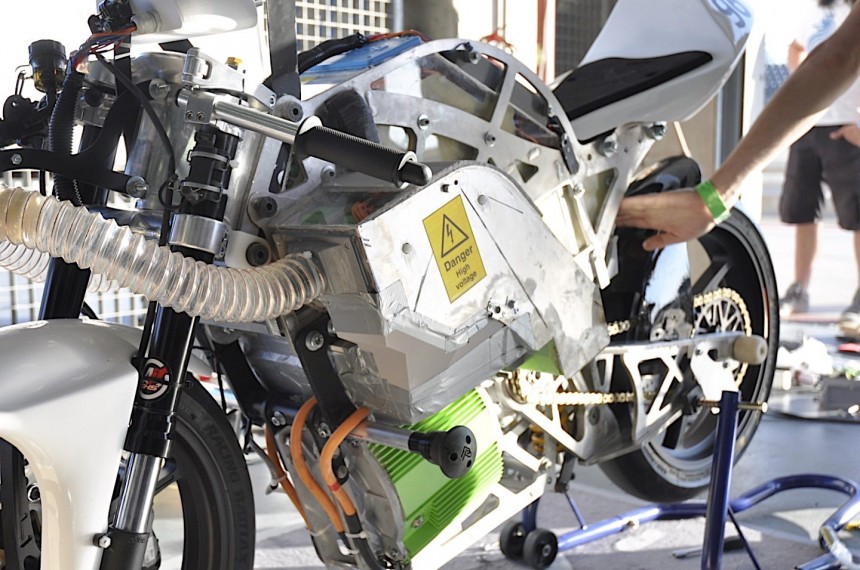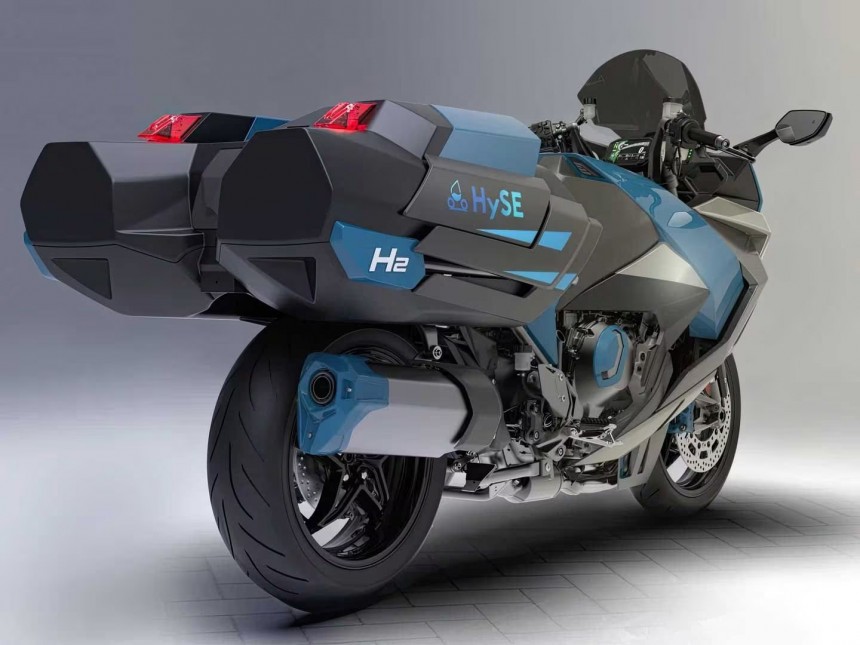When looking at today's automotive industry I can't help feeling that perhaps we took a wrong turn somewhere. Sure, the road we're on now, the one of battery-electric vehicles (BEV), does lead to a potentially cleaner future, but it does have its roadblocks and is not without potholes.
Battery-electric drivetrains are the most advanced and widespread in today's world. They come with the promise of zero emissions (kind of, but more on that later), they are now affordable and varied enough for a lot more people than before to own, and range anxiety seems to have disappeared.
But BEVs are not without problems. The biggest is the fact that even if in themselves they are clean, electric drivetrains need electricity we generate through not-so-clean methods (these problems have begun being ironed out with the help of clean energy generation, but still not fast enough).
The most common problem has to do with charging times. Although significantly reduced from what they used to be, charging times are still uncomfortably long for most of us, at least when compared to how much it takes to fuel up an ICE car.
There is an alternative solution that might have spared us both the electricity generation problem and the issues with charging times: hydrogen. It's a solution currently adopted on a very small scale by carmakers, but one that could save us a lot of hassle in the future.
Hydrogen is clean, just like electricity, but unlike ions it can be loaded inside a tank much faster. Just two pounds of the stuff (one kilo) could be enough to provide a range of 62 miles, and the only thing that results from it being used is water.
Despite all of this, the world still doesn't seem to take it seriously. In cars hydrogen is only used commercially in two vehicles, the Toyota Mirai and Hyundai Nexo, and not many other designs meant to use it are on the horizon.
The European Union does seem to have seen the benefits of hydrogen, and made the stuff a key component of its plan to become carbon neutral by 2050. More specifically, it calls on member states and the companies they house to increasingly use hydrogen for transportation needs as soon as the next decade.
With that in mind we get to today's story. It's not about a hydrogen car, but about a hydrogen motorcycle, something I have to admit I don't remember hearing about before (prototypes notwithstanding).
Technically speaking it's relatively easy to devise a hydrogen system for a car as far as space is concerned. All you have to do is find enough room for a tank and the fuel cell system that converts it into electricity.
In a motorcycle things are a bit trickier. The hydrogen tank is not a problem in itself, but the deployment of the rather bulky fuel cell requires some truly creative thinking. And that's probably why we don't have hydrogen motorcycles running around yet.
That may very well change, now that some serious entities have gotten involved in making such things a reality.
It happened over in Europe where a bunch of companies and research institutions from Germany and the Czech Republic joined hands in a project called the Hydrocycle.
I know what you are going to say: isn't a hydrocycle a a bicycle-like contraption meant to travel over water? Sure it is, and it's a poor choice of name for a vehicle that doesn't do water, but that doesn't diminish its potential in the slightest.
The consortium that formed around this project comprises Germany's WätaSwärmetauscher Sachsen GmbH and the Fraunhofer IWU research institute, who will be handling the bike's powertrain, more specifically the fuel cell stack and the interface between vehicle and fuel system.
From the Czech Republic, the idea caught the attention of 1to1design, the Czech Technical University, and UJV Rez, who will be handling the vehicles as a whole, including ergonomics and packaging.
We are told to expect a rideable motorcycle prototype running on hydrogen by the end of next year, built in such a way as to meet "the strict European approval standards and certification regulations."
The bike will be specifically targeted at the delivery services operating in the city, so don't go expecting a track racer.
The demonstrator is not backed by any of the world's biggest motorcycle makers, so chances are it will not spawn a production family. It is, however, meant to inspire others to pursue the same path, so who knows, maybe one day we will get hydrogen-powered race bikes as well.
We will keep an eye on this subject and update you as soon as we learn more. Hopefully we'll soon get some images of the real thing as well – and we can only hope it looks as good as the rendering that serves as the main image of this piece.
But BEVs are not without problems. The biggest is the fact that even if in themselves they are clean, electric drivetrains need electricity we generate through not-so-clean methods (these problems have begun being ironed out with the help of clean energy generation, but still not fast enough).
The most common problem has to do with charging times. Although significantly reduced from what they used to be, charging times are still uncomfortably long for most of us, at least when compared to how much it takes to fuel up an ICE car.
There is an alternative solution that might have spared us both the electricity generation problem and the issues with charging times: hydrogen. It's a solution currently adopted on a very small scale by carmakers, but one that could save us a lot of hassle in the future.
Hydrogen is clean, just like electricity, but unlike ions it can be loaded inside a tank much faster. Just two pounds of the stuff (one kilo) could be enough to provide a range of 62 miles, and the only thing that results from it being used is water.
Despite all of this, the world still doesn't seem to take it seriously. In cars hydrogen is only used commercially in two vehicles, the Toyota Mirai and Hyundai Nexo, and not many other designs meant to use it are on the horizon.
With that in mind we get to today's story. It's not about a hydrogen car, but about a hydrogen motorcycle, something I have to admit I don't remember hearing about before (prototypes notwithstanding).
Technically speaking it's relatively easy to devise a hydrogen system for a car as far as space is concerned. All you have to do is find enough room for a tank and the fuel cell system that converts it into electricity.
In a motorcycle things are a bit trickier. The hydrogen tank is not a problem in itself, but the deployment of the rather bulky fuel cell requires some truly creative thinking. And that's probably why we don't have hydrogen motorcycles running around yet.
That may very well change, now that some serious entities have gotten involved in making such things a reality.
It happened over in Europe where a bunch of companies and research institutions from Germany and the Czech Republic joined hands in a project called the Hydrocycle.
The consortium that formed around this project comprises Germany's WätaSwärmetauscher Sachsen GmbH and the Fraunhofer IWU research institute, who will be handling the bike's powertrain, more specifically the fuel cell stack and the interface between vehicle and fuel system.
From the Czech Republic, the idea caught the attention of 1to1design, the Czech Technical University, and UJV Rez, who will be handling the vehicles as a whole, including ergonomics and packaging.
We are told to expect a rideable motorcycle prototype running on hydrogen by the end of next year, built in such a way as to meet "the strict European approval standards and certification regulations."
The bike will be specifically targeted at the delivery services operating in the city, so don't go expecting a track racer.
The demonstrator is not backed by any of the world's biggest motorcycle makers, so chances are it will not spawn a production family. It is, however, meant to inspire others to pursue the same path, so who knows, maybe one day we will get hydrogen-powered race bikes as well.
We will keep an eye on this subject and update you as soon as we learn more. Hopefully we'll soon get some images of the real thing as well – and we can only hope it looks as good as the rendering that serves as the main image of this piece.
